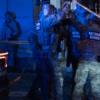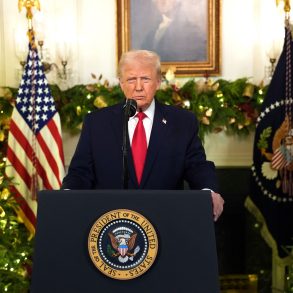On the night of May 24, 2025, as Ukraine and Russia finalized the largest prisoner exchange since the war began in February 2022, Russian forces unleashed a massive barrage of drones and missiles across Ukraine. The attack, described as the largest single aerial assault in over three years of conflict, killed at least 18 people, including three children from the same family, and injured dozens more. Despite a rare moment of cooperation in swapping 1,000 prisoners, Russia’s intensified strikes signal no pause in its aggression, casting a dark shadow over hopes for peace.
The assault involved a staggering 367 air attack vehicles, including nine Iskander ballistic missiles, 56 cruise missiles, and 298 attack drones, according to Ukraine’s air force. Ukrainian defenses managed to neutralize 45 cruise missiles and 266 drones, but the scale of the attack overwhelmed many regions. From Kyiv to Odesa, 22 locations reported strikes, with 13 regions hit, damaging over 80 residential buildings and sparking 27 fires. In Kyiv, university dormitories and ordinary homes were reduced to rubble, while in Zhytomyr, a family lost three children aged 8, 12, and 17. Ukrainian President Volodymyr Zelenskyy condemned the attacks, stating, “These were deliberate strikes on ordinary cities,” emphasizing the human toll on civilians.
Russia’s Defense Ministry claimed the strikes targeted Ukraine’s military-industrial complex, including facilities producing missile components and drones. They declared the operation a success, asserting all targets were hit. However, the timing—coinciding with the prisoner exchange—suggests a calculated move to undermine any goodwill. The exchange, completed over three days, saw each side return 303 soldiers on Sunday, following 307 on Saturday and 390 on Friday. This rare cooperation, facilitated by talks in Turkey, marked the first face-to-face negotiations in three years, yet failed to produce a ceasefire.
Zelenskyy has repeatedly called for a 30-day ceasefire to enable peace talks, but Russian President Vladimir Putin’s demands—annexation of four Ukrainian regions, retention of Crimea, Ukraine’s demilitarization, and a block on NATO membership—amount to a call for Ukraine’s surrender. Putin’s claim of establishing a “buffer zone” along Ukraine’s border further escalates tensions, with Russian forces reportedly advancing in regions like Kharkiv and Sumy. Ukraine, meanwhile, continues its own drone strikes, with Russia reporting the downing of 110 Ukrainian drones overnight.
The international response remains a point of contention. Zelenskyy urged stronger sanctions from the United States and Europe, arguing that “silence only encourages Putin.” Despite U.S. President Donald Trump’s recent call with Putin and claims of progress toward a ceasefire, no concrete steps have materialized. Ukraine’s leaders see Russia’s relentless attacks as proof of Moscow’s insincerity in peace talks, with Zelenskyy stating, “The war can be stopped, but only through the necessary force of pressure on Russia.”
As Kyiv marked its annual Kyiv Day holiday, residents sought shelter in metro stations amid the drone-filled skies and booming air defenses. The contrast between the prisoner swap’s fleeting hope and the devastation of Russia’s attacks underscores the war’s unrelenting brutality. With no ceasefire in sight, Ukraine faces a grueling fight, bolstered only by its resilience and calls for global support.








